Just for a moment, stop what you’re doing and take a look around. Do you happen to notice anything that seems like a rectangular box? This might be anything from a book to a package to a piece of furniture; the possibilities are endless. This particular kind of shape is known as a cuboid, and it is the form that occurs the most often in the environment in which we find ourselves.
To illustrate what the form of a cuboid looks like, we have supplied some pictures of items with cuboid shapes and some instances of cuboids. But before we get into it, let’s look at the characteristics and definition of a cuboid.
A cuboid is a three-dimensional solid object with 12 edges, eight vertices, and six faces, each rectangular. It is also possible to define a cuboid as having six corners. A cuboid has no angles that aren’t right angles since it’s a cube. The length, the height & the breadth are the three dimensions that make up a cuboid.
Properties of a Cuboid
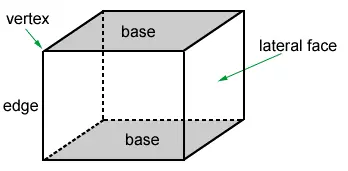
We can easily recognize the form of a cuboid due to the fundamental characteristics that define it. The following descriptions apply to each property:
- There is no such thing as a cube that does not contain six faces, eight vertices, and twelve edges.
- Since cuboids are always three-dimensional, the height, length, and width are their respective dimensions.
- Every one of the faces of the cuboids is in the form of a rectangle.
- A cuboid has no angles that aren’t right angles since it’s a cube.
- Every one of the faces has a rectangular outline.
- When you look at cuboids, you’ll see that all of the opposing edges are parallel to one another.
Since they have several of the same characteristics, cubes, and cuboids are sometimes mistaken for one another, despite being distinct geometric shapes. The faces of a cube and a cuboid are shaped differently, which is the primary distinction between the two types of conditions. A cuboid has six faces that are all rectangles, while a cube has six square-shaped faces, like dice. A cuboid is a subset of a cube.
Real-Life Examples of Cuboid
Bricks
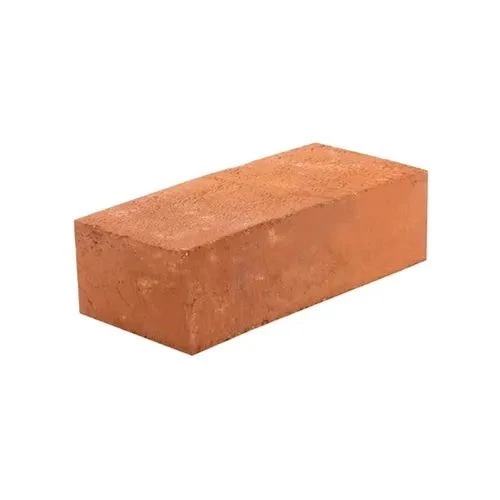
Bricks are the most common and well-known example of cuboid-shaped things utilized in real life. Bricks have six faces, each of which is in the form of a rectangle, and there are six such faces.
Boxes of Packaging
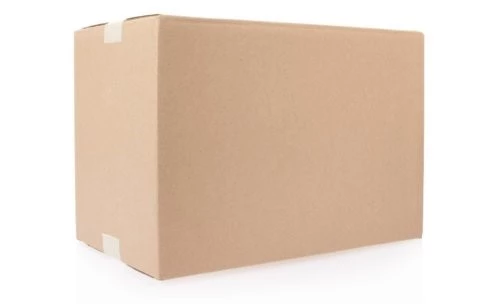
Boxes made of corrugated paper may come in various dimensions and configurations. A cuboid form is one of the most typical configurations for a box made of corrugated paper.
Mattresses
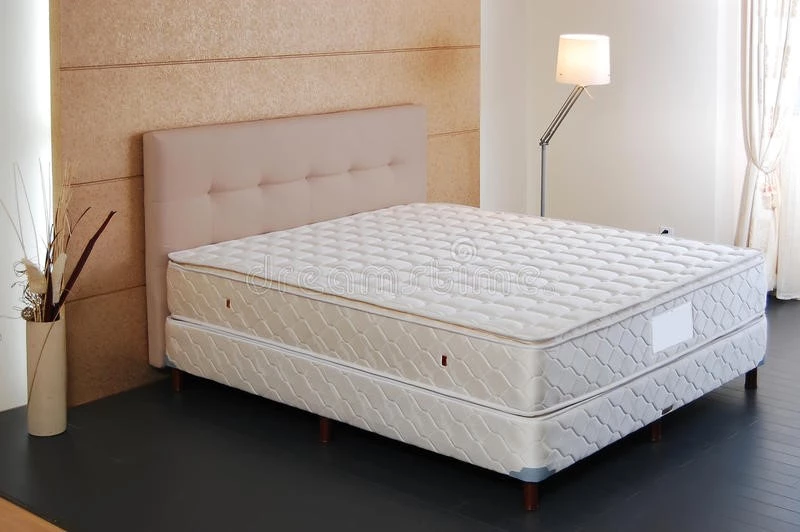
The cuboid geometric form may be readily seen in real life by detecting the shape of mattresses with a squared-off corner.
Books

Books are an excellent illustration of a cuboid-shaped item that may be found around us.
Shoebox

Because it has six rectangular sides linked to each other at right angles, a shoebox is an excellent illustration of an item in real life with a cuboid shape.
Cabinet
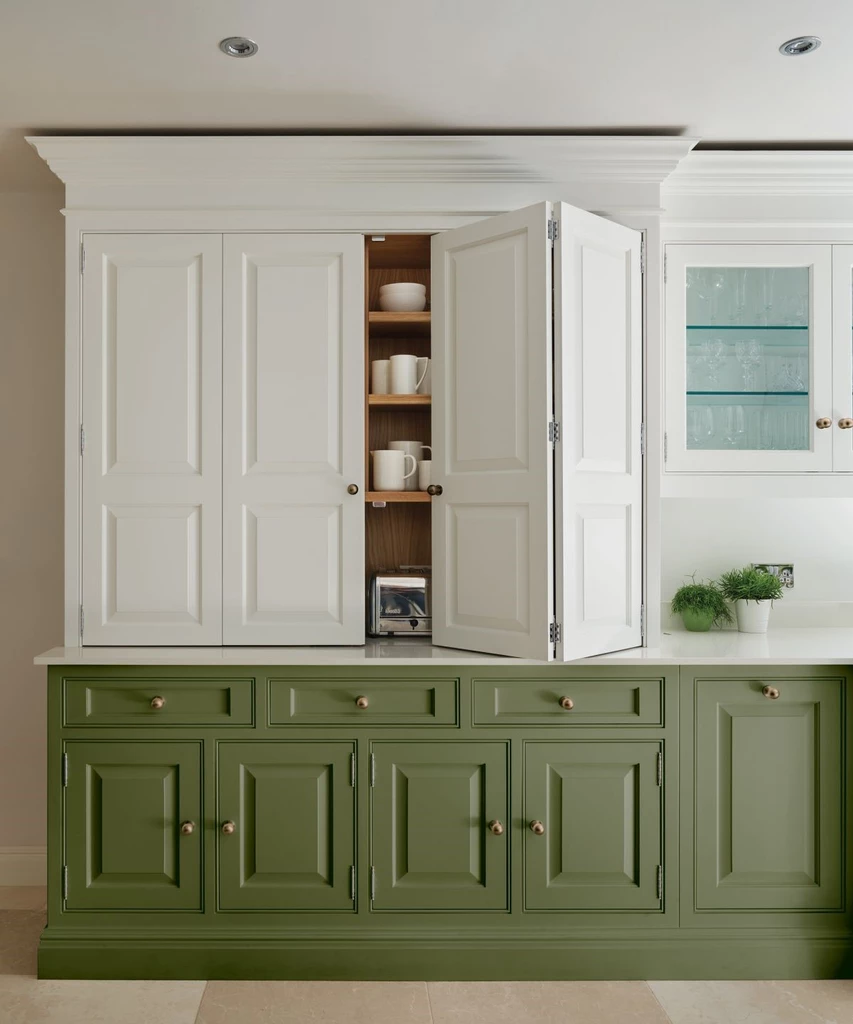
The standard drawers and cabinets used to stow away items are built as a cuboid that is open on either the front or the top. Because of this, the cabinets are an excellent representation of the cuboid-shaped items around us.
Lunch Box
The cuboid form of a lunch box is by far the most widespread of the many other conditions and dimensions that are available
Matchbox
A matchbox is a tiny box often fashioned out of cardboard and contains a drawer that may slide. In the same way that the matchbox has the form of a cuboid, this cardboard drawer has the shape of a cuboid.
Tissue box
Cuboid-shaped containers are constructed of cardboard to keep tissue papers and are known as tissue boxes or napkin holders. They have a narrow slit through which the paper napkins may be extracted quickly and effortlessly.
Microwave

A microwave oven has six rectangular faces angled toward each other at a 90-degree angle. As a result, it is an additional illustration of the cuboid-shaped things used in day-to-day living.
Fish Tank
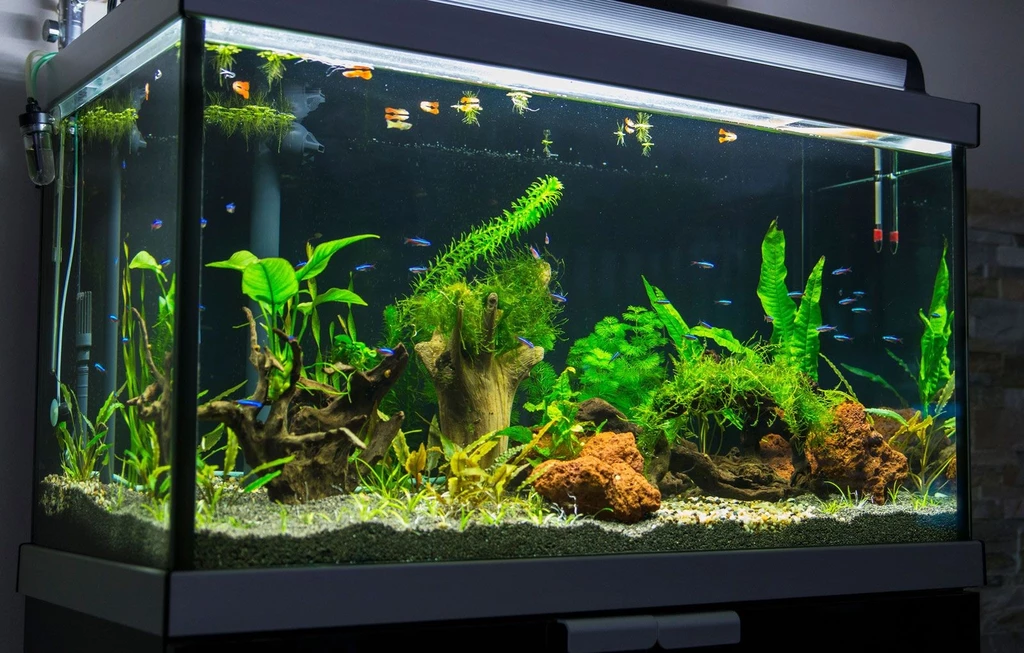
A fish tank is a glass container that houses aquatic creatures and plants maintained as pets. Containers of this kind often take the form of a cuboid geometric figure that is open on one side and hollow throughout. As a result, fish tanks are an excellent illustration of cuboid-shaped things that are commonplace in the homes of most of us.
Juice Box
A cardboard container, typically a cube, might be referred to as a juice box. As a result, this is another instance of the use of cuboid-shaped things in day-to-day living.
Radio
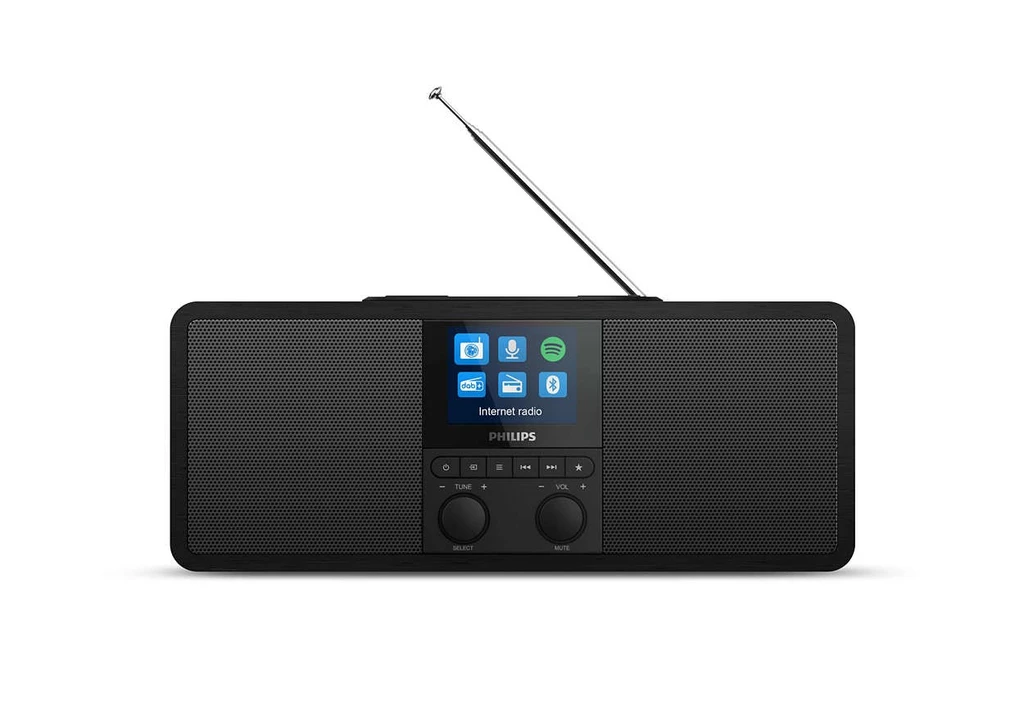
Most radios, stereo players, and other similar gadgets are Cuboid in design. As a result, they serve as an excellent illustration of real-world items that take on a cuboid shape.
Deck of Cards
The form of a playing card is that of a rectangle. When all the playing cards are stacked on top of one another, they may be arranged to make a deck of cards that takes on the appearance of a cuboid, a kind of geometric geometry.
Electronic Gadgets

Most electronic devices used for communication, such as mobile phones, laptops, flash drives, tablets, and the like, have a cuboidal form. Therefore, the device you are using to read this text is an excellent illustration of a cuboid geometric shape.
Conclusion
A cube is a three-dimensional geometric object whose six faces may recognize in the shape of rectangles, 12 edges, and eight vertices. It is created by expanding a rectangle with only two dimensions in a single direction.
The six rectangles utilized to create the geometric shape of a cuboid are placed to form right angles with one another.
The formula for calculating the external area of a cuboid is as follows:
Surface area = 2lw + 2lh + 2hw
A cuboid’s volume may be determined by multiplying its length, width, and height to get the product of those three dimensions.
